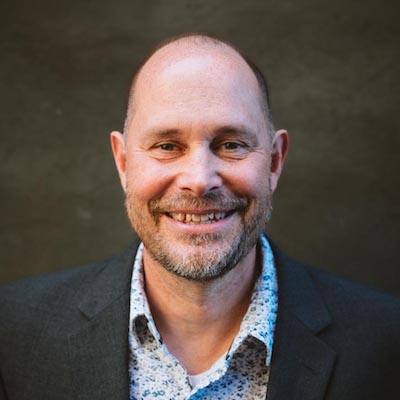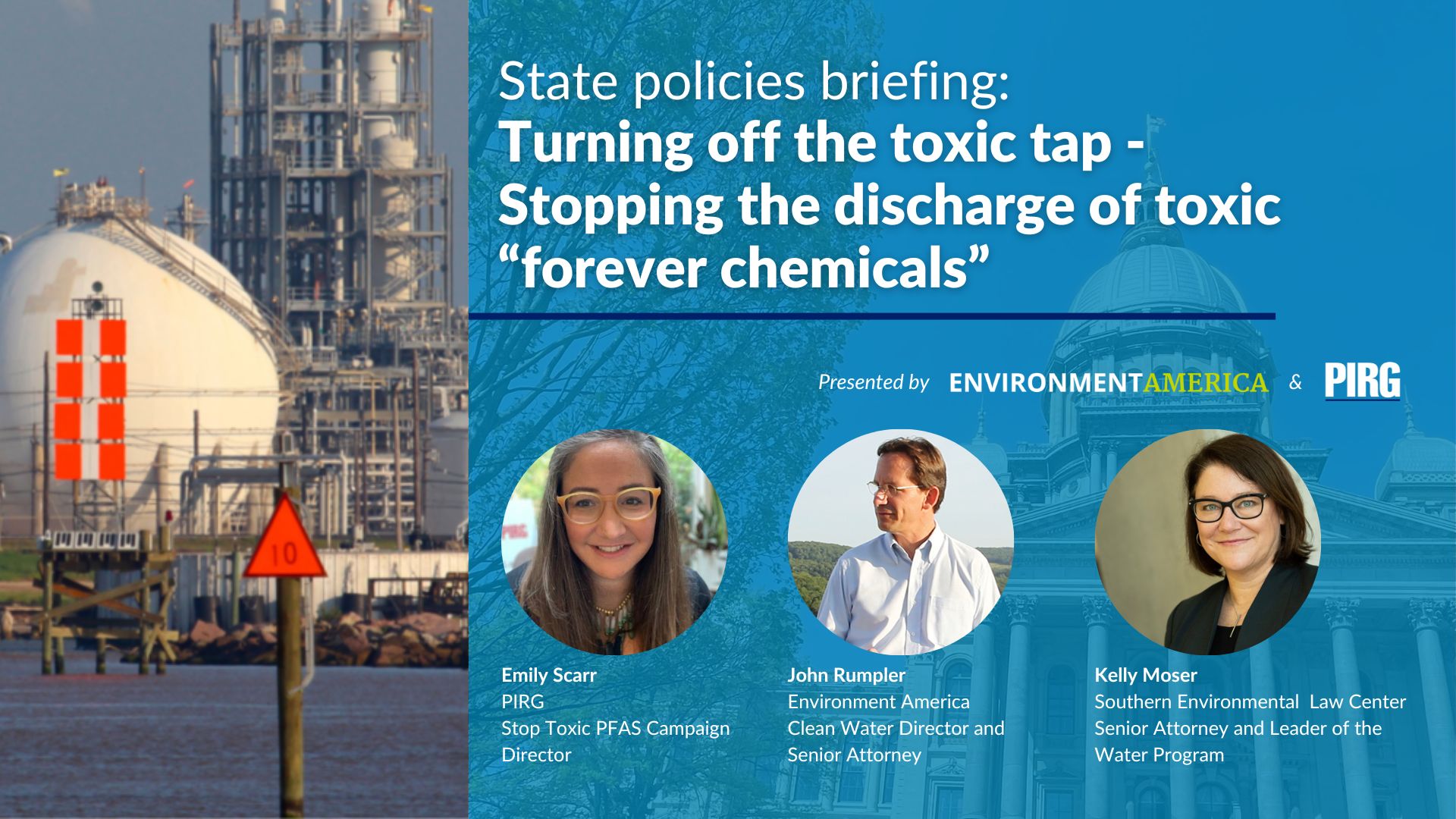
Toxic PFAS ‘forever chemicals’ threaten both humans and wildlife. It’s time to stop using them.
How our use of PFAS chemicals in manufacturing is putting our natural world in jeopardy.
New research has found that more than 330 species of wildlife, spanning every continent except Antarctica, have toxic PFAS “forever chemicals” in their systems.
In humans, exposure to these chemicals has been found to contribute to a wide array of health problems, from thyroid disease and high cholesterol to infertility, low birth weight and an increased risk of cancer. In animals, studies have found similar links between PFAS and serious health threats.
PFAS chemicals are human-made, but it’s clear their widespread use has resulted in an environmental crisis reaching far beyond the realm of humans. We need to take action right now to curb PFAS pollution and protect the wildlife with which we share this planet.
Where PFAS come from — and where they end up
How have these toxic chemicals polluted so much of our world so rapidly? Two main forces are to blame: how common they are in manufacturing and other industrial activities, and how persistent they are in the environment. Here’s what you need to know:
- The term “PFAS” actually refers to a class of thousands of different chemicals that share a few basic properties. It turns out these properties make PFAS very effective at making a rain jacket waterproof, making a burger wrapper greaseproof, or keeping food from sticking to your pan.
- But those conveniences come at a cost: When PFAS leach out of these products or get dumped into waterways by the facilities that manufacture them, they don’t break down over time. That’s why they’ve been given the nickname “forever chemicals” — once they’re out in our environment, they stay there forever.
- The more these chemicals are used, the more they build up as pollution, and the greater the risk to our health and that of our environment.
What we can do to protect our environment from toxic PFAS
The good news: Slowly but surely, the tide is turning and more decision-makers are taking action to curb the use of toxic PFAS.
Major outdoor apparel store REI recently committed to eliminating PFAS from its textile products by 2026, and multinational manufacturer 3M (best known for Scotch tape and Post-Its) announced it would stop making and using PFAS chemicals in 2025.
These commitments mean the movement to stop PFAS from polluting our environment and threatening our health is making concrete, meaningful progress — and that corporate leaders are getting the message as well as policymakers.
That’s due in part to the progress we’ve been making to stop the use of these dangerous chemicals and hold polluters accountable:
- In 2019, our national network was among the lead groups advocating for, and eventually winning, a nationwide ban on the use of firefighting foams containing PFAS on military bases — a significant source of water contamination.
- In the years since, our advocates and partners have won laws in California, Colorado, Connecticut, Maryland and Massachusetts to restrict the use of these toxic chemicals — and now we’re building grassroots support for more states to do the same.
- We also helped convince the Environmental Protection Agency (EPA) to take a number of important steps toward preventing companies from dumping PFAS into our waterways and cleaning up the contamination already out there. Those actions include: a commitment to review pollution control standards, a directive for states to use existing clean water laws to clean up PFAS, a series of new health advisories, and a proposal for two PFAS chemicals to be eligible for cleanup under the Superfund toxic waste program.
- After a survey of various clothing and outdoor gear brands found that Columbia Sportswear, Under Armour and others weren’t doing nearly enough to reduce the use of PFAS in their products, thousands of environmental advocates like you spoke out urging the companies to do better. Our staff also got the word out in the media about the huge opportunity these brands have to spark an industry-wide shift away from toxic PFAS.
But we still have a lot of work to do:
- We’re urging the EPA to take more action for a PFAS-free future by updating pollution control standards so that companies are no longer allowed to release PFAS into our rivers.
- We’re also still calling on the agency to finalize a strong rule designating the worst forms of PFAS as hazardous under the Superfund law. This would accelerate the cleanup of these chemicals and hold corporations accountable for polluting the environment.
- In the corporate realm, we’re redoubling our organizing and advocacy efforts to win concrete commitments from Columbia and other major brands to cut out PFAS. With new industry-leading commitments from REI and 3M, the stage is set for our voices to have an even bigger impact, as more companies are seeing the writing on the wall.
Topics
Authors
Steve Blackledge
Senior Director, Conservation America Campaign, Environment America
Steve directs Environment America’s efforts to protect our public lands and waters and the species that depend on them. He led our successful campaign to win full and permanent funding for our nation’s best conservation and recreation program, the Land and Water Conservation Fund. He previously oversaw U.S. PIRG’s public health campaigns. Steve lives in Sacramento, California, with his family, where he enjoys biking and exploring Northern California.
John Rumpler
Clean Water Director and Senior Attorney, Environment America
John directs Environment America's efforts to protect our rivers, lakes, streams and drinking water. John’s areas of expertise include lead and other toxic threats to drinking water, factory farms and agribusiness pollution, algal blooms, fracking and the federal Clean Water Act. He previously worked as a staff attorney for Alternatives for Community & Environment and Tobacco Control Resource Center. John lives in Brookline, Mass., with his family, where he enjoys cooking, running, playing tennis, chess and building sandcastles on the beach.
Find Out More

Event highlights role of states in stopping industries from dumping toxic PFAS

Got PFAS?

What’s the problem with fast fashion?




